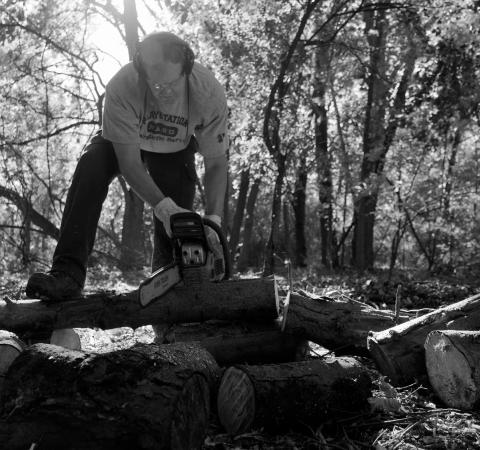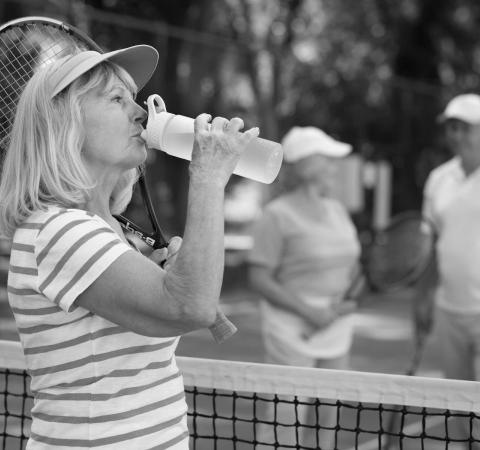A pioneer in anterior approach hip replacement, Dr. Johnson was also first in West Michigan to offer Mako SmartRobotics™️ for total knee replacement. He has performed more than 4,500 successful joint replacements, including over 1,200 Mako SmartRobotics™️ Total Knee procedures to date.
Get back to
living pain free
living pain free




